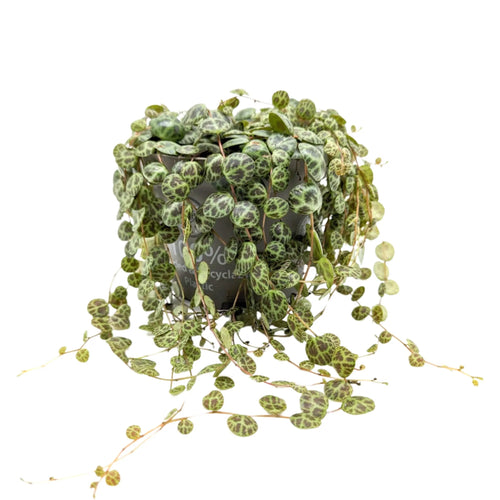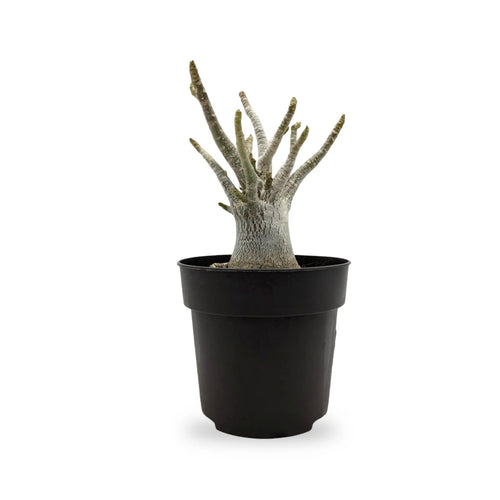Plant propagation is one of the most effective methods, enabling people to multiply their favorite houseplants. It allows one to create a small garden without breaking the bank. Whether you are a beginner or an experienced gardener, it is easy to expand your collections from existing ones through plant propagation
Plants are grown from seeds by an experienced hsoue plant parent. Seeds are a simple and affordable method of growing plants. All plants don't come from seeds; some plants may differ from the parent plant. For this reason, the gardeners prefer the plant propagation method.
It is the easiest way to create new plants from the old ones through seed sowing, cutting, division, grafting, and others. You can select the proper propagation methods that suit your plant types.
In this post, discover how to propagate your favorite plants using different methods successfully.
Methods of plant propagation
There are several methods of propagation available to indoor gardeners. Everyone is suited to various kinds of houseplants. It is essential to understand the propagation methods before choosing the best one. The standard methods are cutting, division, and layering. Let's see plant propagation methods:
Cutting
It is one of the well-known methods for propagating numerous plants like houseplants, woody perennials, and herbs. You can cut the vegetative part of plants and then plant them again in the pot to grow a new plant. There are different kinds of cutting, such as stem, root, and leaf. While cutting the vegetarian parts of plants, you should use the right tools that reduce the injury to parent plants. Keep the soil moist and place the pot in an area with indirect sunlight.
Division
The division is the best technique for perennial plants with numerous stems. When dividing the parent plant, ensure each division has sufficient roots and stems. Lift the parent plant carefully and separate it into smaller sections. Make new plants by replanting them in the soil and watering them properly. This propagation method rejuvenates the plant and reduces nutrient and water requirements. You can use a sharp knife to cut the roots and stems, reducing plant injury.
Layering
Layering is ideal for plants with long branches, such as roses, jasmine, etc. When you bend a healthy branch down to the ground, you will see a small wound where the branch meets the soil on its bottom. Use a U-shaped pin to secure the wounded section and cover it with soil. Keep the soil moist; roots will develop at the wounded site within a few months. After that, you can separate this branch from the parent plant.
Grafting
It is an asexual plant propagation technique that joins the plant components. Therefore, they will develop as one plant. Compared to other methods, grafting is complicated, but it enables the individual to bring a particular character to the plant. Clean your hands and tools before starting this process, which avoids transferring infections.
Conclusion
Propagation is the best method to grow multiple plants from old ones. It not only expands your indoor garden but also increases your connection with nature. Saving time and money is one of the significant benefits of choosing plant propagation. Don't forget, there's lots of plants to choose from at Leaf Culture and you can try propagation on nearly all of them.








